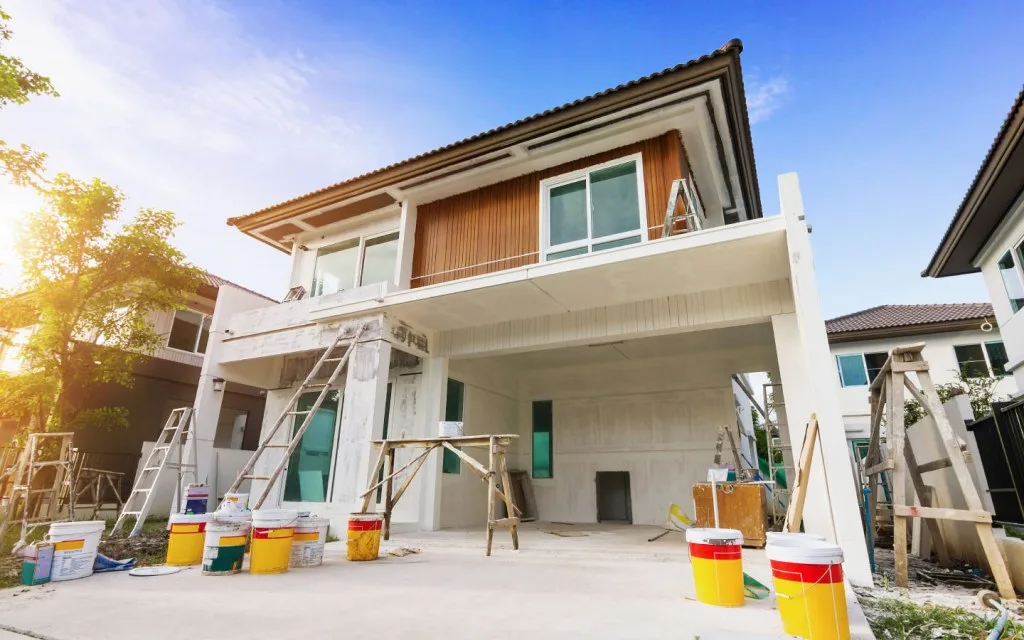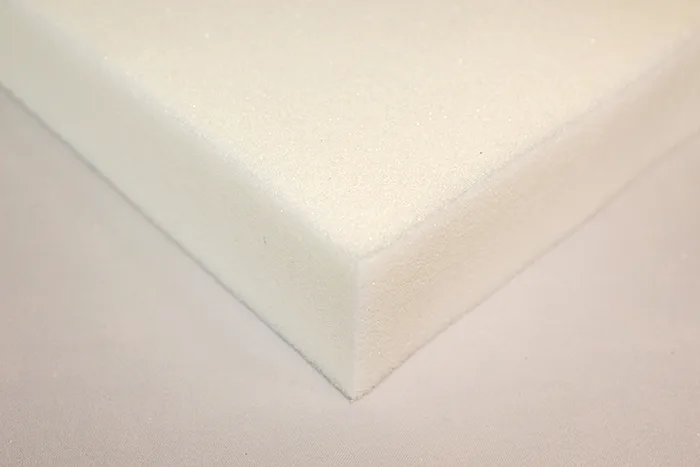Interior designing is the art of creating spaces that are both beautiful and functional. It’s about making the best use of the space you have, whether it’s a home, office, or any other area, and turning it into a place that reflects your personality and meets your needs.
The Basics of Interior Designing
At its core, interior designing involves planning and decorating the inside of a building or room. This includes choosing colors for the walls, selecting furniture, and deciding on the layout of the space. The goal is to create an environment that is not only visually appealing but also comfortable and practical.
The Importance of Interior Designing
Interior designing is important because it can greatly impact how we feel in a space. A well-designed room can make us feel relaxed, happy, and productive, while a poorly designed space can make us feel cramped, stressed, and uncomfortable. Good interior design can also make a small space feel larger and a dull space feel vibrant.
The Process of Interior Designing
The process of interior designing starts with understanding the needs and preferences of the people who will be using the space. This includes considering factors like the purpose of the space, the amount of natural light available, and any specific requirements or desires.
Once these needs are understood, the interior designer will create a plan for the space. This plan will include the layout of the room, the colors and materials to be used, and the types of furniture and accessories that will be included. The designer will then work to bring this plan to life, often working with contractors and other professionals to complete the project.
The Role of Color in Interior Designing
Color plays a crucial role in interior designing. Different colors can evoke different emotions and create different atmospheres in a room. For example, blue can create a calm and relaxing environment, while red can add energy and excitement. Choosing the right colors for a space is a key part of the interior design process.
The Importance of Functionality in Interior Designing
While aesthetics are important in interior design, functionality is equally important. A well-designed space should not only look good but also be practical and easy to use. This means considering things like the flow of traffic through a room, the placement of furniture, and the availability of storage space.
The Role of Lighting in Interior Designing
Lighting is another crucial element of interior design. Good lighting can enhance the colors and textures in a room, create a mood, and make a space feel more inviting. Interior designers often use a combination of natural and artificial lighting to create the perfect ambiance in a room.
The Role of Accessories in Interior Designing
Accessories, such as rugs, curtains, and artwork, play an important role in interior design. They can add color, texture, and personality to a room, and help to tie the whole design together. Choosing the right accessories is an important part of creating a cohesive and stylish space.
The Importance of Personal Style in Interior Designing
Ultimately, the most important aspect of interior design is that it reflects the personal style and preferences of the people who use the space. A well-designed room should be a reflection of your personality and a place where you feel comfortable and at home.
Sustainability in Interior Designing: With a growing focus on environmental issues, sustainable interior design has become increasingly important. This involves choosing eco-friendly materials, energy-efficient lighting, and furniture that is durable and long-lasting, all while minimizing the environmental impact.
Technological Integration: Modern interior design often incorporates technology to enhance functionality and convenience. This can include smart home systems that control lighting, temperature, and security, as well as integrated entertainment systems and automated blinds or curtains.
Cultural Influence: Interior design can be influenced by cultural traditions and heritage. Incorporating elements from different cultures can add depth and character to a space, making it more unique and personal.
Health and Well-being: Interior design can have a significant impact on health and well-being. Design choices such as the use of natural light, ventilation, and the selection of non-toxic materials can contribute to a healthier living environment. Additionally, incorporating elements of biophilic design, such as plants and natural materials
Space Planning in Interior Designing: Effective space planning is crucial in interior design. It involves arranging furniture and other elements in a way that maximizes the use of space and ensures a smooth flow of movement. Good space planning can make a room more functional and comfortable.
Cultural Influence in Interior Designing: Cultural influences can play a significant role in interior design. Incorporating elements from different cultures can add a unique and personal touch to a space, reflecting the owner’s heritage or travel experiences.
Psychology of Interior Designing: The psychology of interior design focuses on how colors, shapes, and space arrangements affect the mood and behavior of the occupants. Understanding these psychological aspects can help designers create spaces that promote well-being and comfort.
Adaptability in Interior Designing: In today’s ever-changing world, adaptability in interior design is essential. Designing spaces that can easily be modified to accommodate different functions or changing needs is becoming increasingly important.
Conclusion
Interior designing is a creative and rewarding process that can transform any space into a beautiful and functional environment. Whether you’re designing a home, an office, or any other space, the principles of interior design can help you create a space that is both visually appealing and perfectly suited to your needs.



